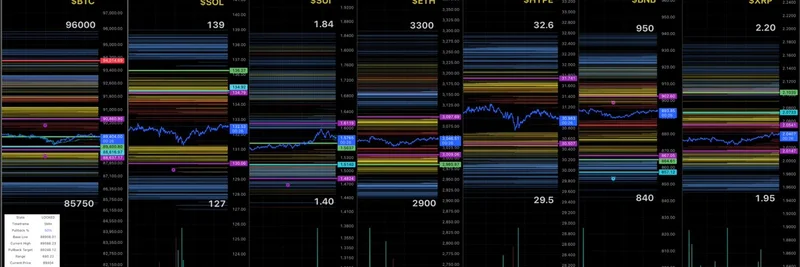In the fast-paced world of meme tokens, where projects often flare up like fireworks and fizzle out just as quickly, a recent tweet from Edgar Pavlovsky has sparked some much-needed conversation. Pavlovsky, known for his work in convexity and affiliations with projects like Dark Research AI, MTN DAO, and Paladin Solana, shared his thoughts on X: "we should build founder + community mechanisms for building something that sustains even 6+ months for a project is unusual in this industry (vesting isn't enough)."
Let's break this down. Meme tokens, those quirky cryptocurrencies inspired by internet memes, viral trends, or cultural phenomena, have exploded in popularity on blockchains like Solana and Ethereum. Think Dogecoin or newer hits like PEPE – they capture attention with humor and community hype. But here's the rub: most don't last. Pump-and-dump schemes are rampant, where founders cash out early, leaving holders in the dust. Pavlovsky points out that surviving even six months is rare, and traditional tools like vesting just aren't cutting it.
What Is Vesting, and Why Falls Short?
Vesting is a common practice in crypto where tokens allocated to founders, team members, or early investors are locked up and released gradually over time – say, 12 to 36 months. The idea? It prevents immediate sell-offs that could tank the token's price and aligns incentives for long-term growth. Sounds good on paper, right?
But as Pavlovsky notes, it's not enough. In the meme token arena, where hype cycles are measured in days, not years, vesting doesn't address deeper issues. Founders might still abandon ship once their tokens unlock, or communities might lose interest if there's no ongoing value. Replies to the tweet echo this: one user suggested milestone-based incentives and revenue sharing to create real bonds. Another asked outright, "Then what would you suggest if not vesting?" It's clear the community is hungry for better solutions.
Innovative Mechanisms for Lasting Success
To build meme tokens that stick around, we need mechanisms that tie founders and communities together in meaningful ways. Here are some ideas gaining traction in the blockchain space:
Milestone-Based Incentives: Tie token releases or bonuses to achievable goals, like user growth, product launches, or partnerships. This keeps founders motivated and gives communities tangible progress to rally behind.
Revenue Sharing Models: A portion of transaction fees or project earnings could go directly to holders via airdrops or staking rewards. This turns passive holders into active stakeholders who benefit from the project's success.
Community Governance DAOs: Empower holders with voting rights on key decisions through decentralized autonomous organizations (DAOs). Projects like those on Solana are experimenting with this, letting the community steer the ship and reducing founder dominance.
Burn Mechanisms and Deflationary Tactics: Automatically burn a percentage of tokens with each transaction to reduce supply over time, potentially increasing value. Combined with community-driven events, this can sustain engagement.
These aren't just theoretical – look at successful meme projects like Shiba Inu, which has built ecosystems with games, NFTs, and charitable initiatives to keep the fire burning. Or Bonk on Solana, which focuses on community airdrops and integrations to maintain buzz.
Why This Matters for Blockchain Practitioners
If you're a developer, investor, or enthusiast in the meme token world, embracing these mechanisms can mean the difference between a quick flip and a lasting legacy. The industry is maturing, and regulators are watching. Sustainable projects not only attract more users but also build trust in blockchain tech overall.
Pavlovsky's tweet is a call to action: let's innovate beyond vesting to create meme tokens that endure. As one reply put it, "Sustainability in community is still underrated." If we get this right, six months could become the new minimum, not the exception.
What do you think? Share your ideas on building better founder-community ties in the comments below, and stay tuned to Meme Insider for more insights on navigating the wild world of meme tokens.

